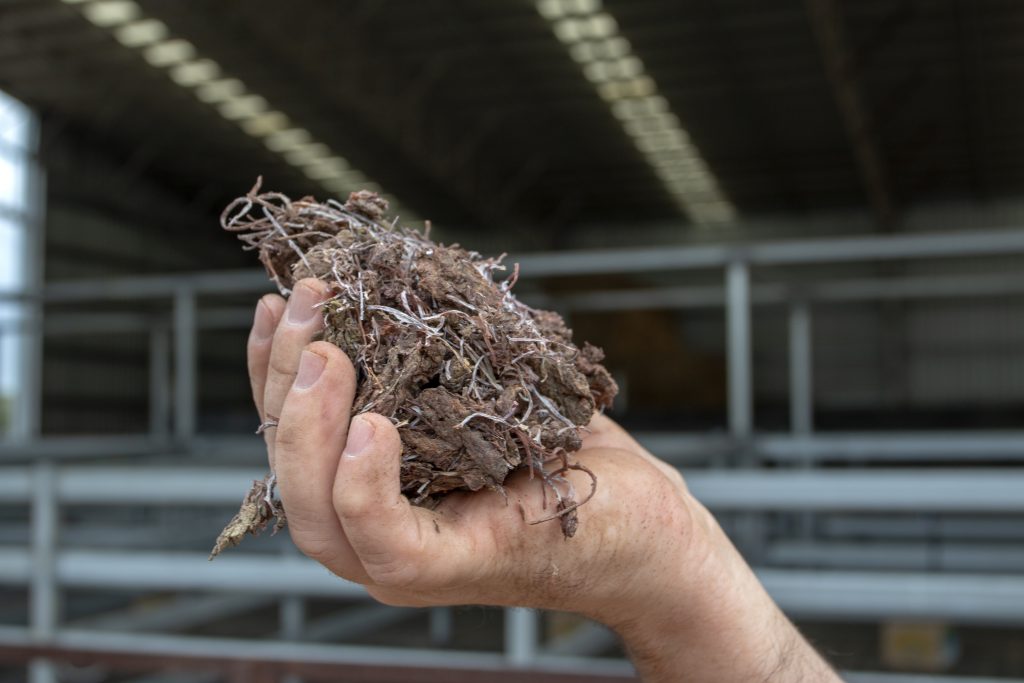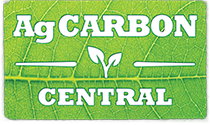
Raw dried Asparagopsis seaweed before it is refined into a feed supplement.
THE development of methane-reducing feed additives has promised plenty to the cattle industry in recent years, with two products now circulating and commercial trials in feedlots.
But using seaweed asparagopsis and Bovaer (3-NOP) in grazing systems is still proving to be a challenge, with a University of Melbourne researcher telling a webinar this afternoon that more research is needed to make it practical for producers.
Ainslie Macdonald said there was no completed research into using feed additives in grazing systems. She said results from some current studies were on the way.
“There is currently a study using lick blocks and slow-release pellets that’s aiming to see if 3-NOP is consistently available in the rumen,” Ms Macdonald said.
“The results of that study are coming out next year and I think that will really guide where grazing research goes. In terms of asparagopsis, there is research going into whether it can be put into lick blocks and molasses.”
Ms Macdonald said making sure animals were consuming the recommended amount of feed-additive was one of the biggest challenges.
“This is why the supplements are so well suited to feedlots because you know exactly what you are feeding the animal,” she said.
“There’s a study on grazing sheep happening at the moment and the sheep either don’t want it or they eat too much of it. That’s why I think slow-release pellets or lick blocks where you can limit access or even early-life interventions are really promising.”
More research on the way
Water medication has also been thrown into the feed-additive conversation, which Ms Macdonald said was under-researched.
“There is more research needed to see whether it can be fed through water and if it can be fed to calves to reduce methane in the early stages of life,” she said.
“Two studies looking at turning asparagopsis into oil are coming out soon, some looking slow release technologies.”
Ms Macdonald said there was also more demand for research into using 3-NOP and asparagopsis with sheep and goats.
“So many people I speak to ask for more studies on sheep and goats,” she said.
“As the research on cattle develops and there is more similarities drawn to sheep and goats, there will be more a shift towards small stock.”
Are there unintended consequences?
The environmental footprint involved in processing the feed-additives and possibly creating more emissions in the manure are two of the main issues raised about the products.
Ms Macdonald said the possibility of increasing methane in manure was dependent on soil-type.
“Only one study has been published on the impact of 3-NOP on manure and soil and they did not find anything substantial or anything they felt had increased,” she said.
“But there needs to be further studies on this, especially with asparagopsis because its impact on manure and soil has not been studied.”
While seaweed asparagopsis is native to Australia, Ms Macdonald said there was potential issues with the way it will potentially be farmed in open ocean.
“It does increase plastic pollution, harvests are season and as climate change increases the temperature of water there is a concern that asparagopsis will outcompete other species,” she said.
“With processing, the biggest problems are the greenhouse gas emissions with freeze-drying it or emulsifying it into oil. There are also greenhouse gas emissions associated with transporting it.”
